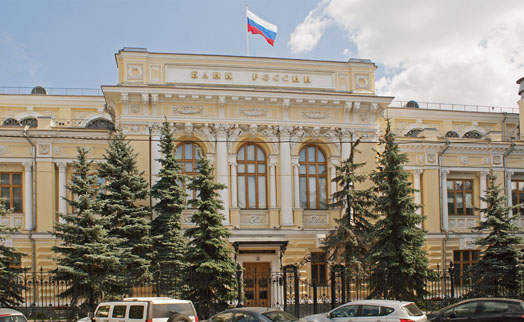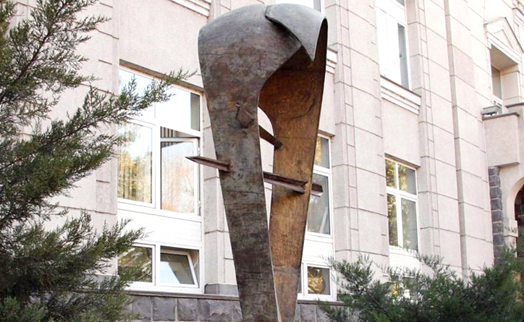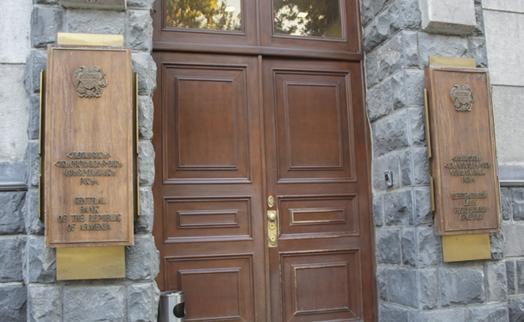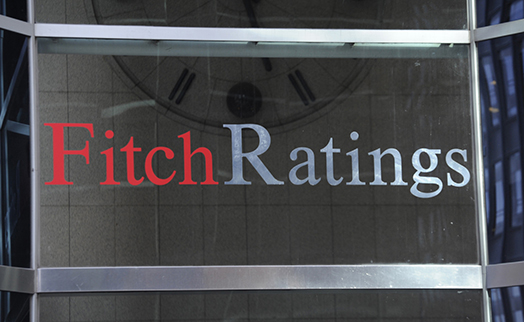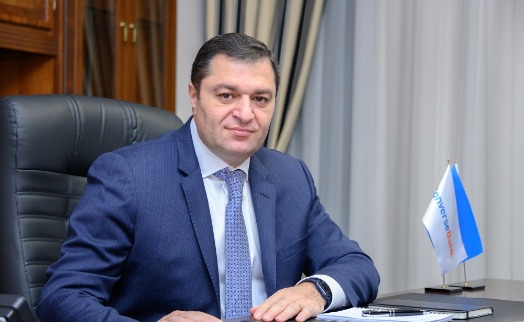16.09.2020 14:13
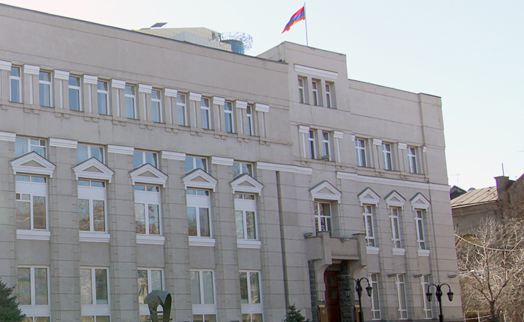
YEREVAN, September 16. /ARKA/. The Central Bank of Armenia is inclined to consider in the near future the possibility of easing the refinancing rate, Central Bank Chairman Martin Galstyan told reporters on Tuesday.
In his words, with regard to the magnitude of the change, everything will be clear at the next meeting, which will take place in eight weeks.
He reminded that in this regard, the Board of the Central Bank of Armenia decided Tuesday at its meeting to reduce the refinancing rate by 0.25 percentage points and set it at 4.25%. The rate of the Lombard repo provided by the Central Bank was 5.75%, and the rate on funds attracted by the Central Bank from other banks was set at 2.75%.
The last time the Central Bank of Armenia, at a meeting on July 28, left unchanged the refinancing rate at 4.5%.
“Our main objective is to maintain stable prices and achieve the projected inflation rate. We believe that the steps taken are correct. We have already lowered the rate several times this year, and the Board believes that we can continue to pursue a stimulating monetary policy and deepen the size of incentives,” Galstyan said.
He said the Central Bank Council believes that a gradual recovery of inflation is more important, which is currently more profitable for the general population than, for example, the possibility of devaluation of the Armenian dram even by 10 drams, which will not produce the necessary effect in the economy.
“Our main task is for the population to believe that nothing threatens their purchasing power, since the central bank is able to manage inflation,” Galstyan said.
In his words, a 0.1% deflation was registered in August 2020 against the deflation of 0.4% for the same month of 2019, where the 12-month inflation increased and amounted to 1.8%, and the 12-month natural inflation increased slightly, to 1.1%.
“In the third quarter, some recovery of the global economy was registered in the external sector, but it is assumed that the continuing high uncertainty associated with the final overcoming of the epidemic will significantly limit and delay the recovery of full demand and economic activity in Armenia's main partner countries. In such circumstances, the central banks of the partner countries will continue to pursue a stimulating monetary policy. As a result, despite the weak inflationary environment in commodity markets, the central bank’s board believes that the external sector will not have an inflationary impact on the Armenian economy,” Galstyan said.
He also noted that the economic growth actually registered in the first half of 2020 in Armenia stood within the framework of the forecasts of the central bank, and the lower-than-expected indicator of economic activity registered in July was due to the reduction in the service sector.
According to him, in the first half of the year, the reduction in private spending was higher than expected, and as a result, the constraining effect on domestic demand was partially mitigated by the stimulating fiscal policy implemented by the government.
“Given the mentioned actual events, the great uncertainty about the timing of the pandemic and, in this case, the cautious consumer-investment behavior of the society, it is assumed that in the coming quarters, domestic demand and economic activity will recover at a slower-than-expected pace.
“Taking into account the continuing low inflationary environment, as well as the fact that the recovery of external and domestic demand has a certain delay, the board of the central bank considers it expedient to continue easing monetary conditions by lowering the refinancing rate,” Galstyan said.
He noted that in case of expected economic development, the Central Bank Board is inclined in the near future to continue to weaken monetary conditions, assessing that in the medium term, it will also be necessary to maintain a stimulating position.
In his words, as a result, inflation in the medium term will gradually increase, and at the end of the forecast horizon will stabilize around the target level.
“Along with that, since various sectors of the economy have suffered disproportionately large losses in the current situation, and monetary policy has an overall impact, the central bank board remains convinced that, in parallel with monetary stimulus for restoring gross demand, it is essential to implement more stimulating fiscal policy,” Galstyan said.
He also noted that, according to the central bank board, the risks of inflation deviating from the planned indicator are, in general, balanced, and if they occur, the central bank is ready to react properly, ensuring price stability in the medium term.
According to the Central Bank estimates, inflation in Armenia in 2020-2021 will be at the lower predicted threshold. By the end of 2020, it will be at the lower level and will reach 2.5%, and according to forecasts for 2021, inflation will also be close to the lower projected benchmark, but already within 1.7-2%.
According to the National Statistical Committee, in August compared to July, the country recorded a 0.1% deflation. In January-August 2020, prices increased 0.8%, compared to the same period a year earlier.
In the 2020 government budget, approved in December 2019, economic growth is projected at 4.9%, and inflation at 4% (± 1.5%). However, in accordance with the amendments to the law on the state budget of Armenia for 2020 approved by the parliament of Armenia on April 29, a 2% decline in the Armenian economy is forecasted for the current year. -0-
Read the news first and discuss them in our Telegram
Tags:






